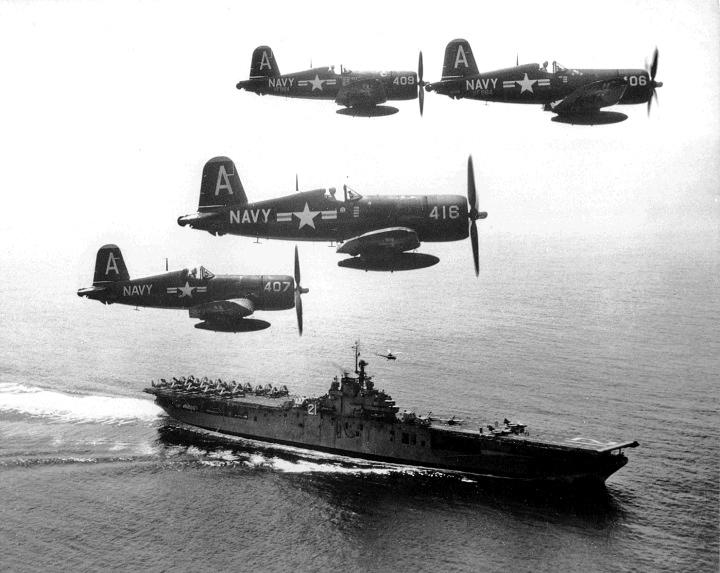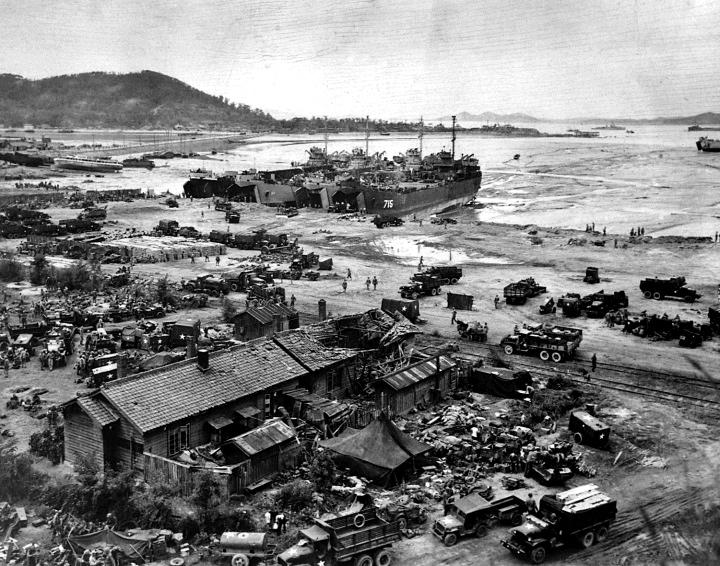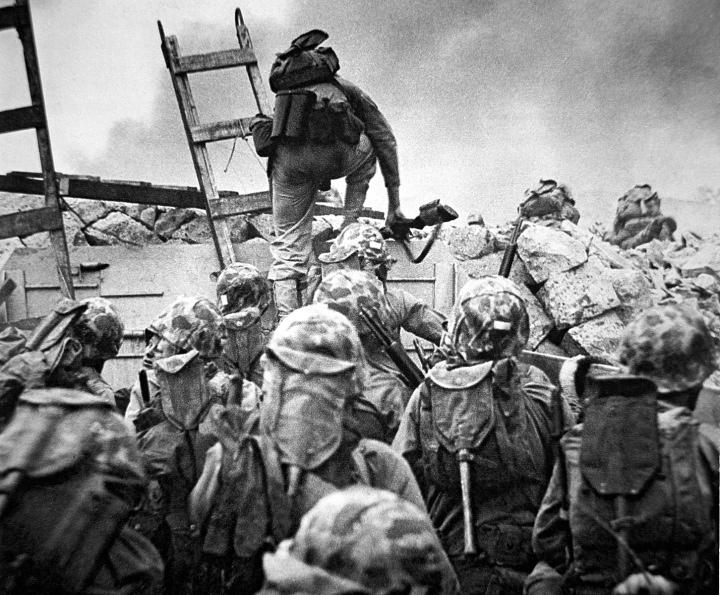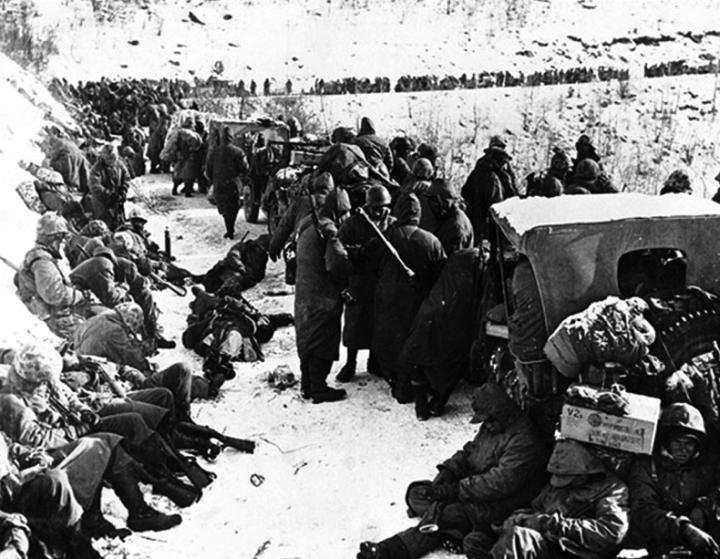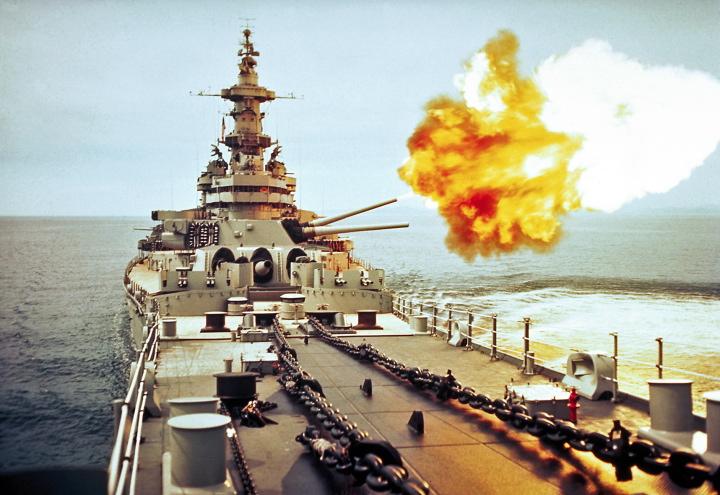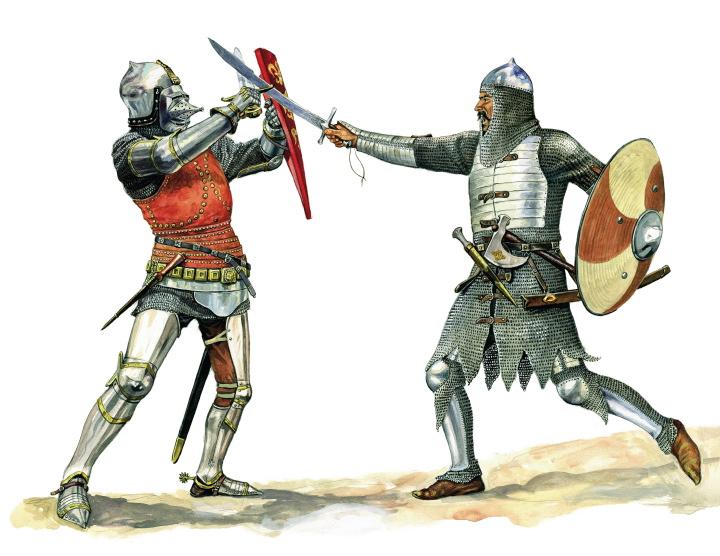Українська є моєю першою мовою – тому, що нею розмовляли в нашій сім’ї. І мій батько, і мама, і бабусі. Дідусів я не знав, вони обидва загинули на війні, і я якось вважав, що це начебто звичний стан речей (я колись, малий зовсім, спитав у батька – сам я не пам’ятаю цього, знаю лише з його слів – «Папа, а чому ми всі живемо у одній кімнаті, та ще й з Марьєю Івановною (ми жили в двокімнатній комуналці), а в (наших хороших знайомих) трикімнатна квартира?»; батько відповів, що «у тебе обидва діда загинули на війні, а у них ні», і двірничка, що почула це, вилаяла батька, що, мовляв, хіба ж можна так розмовляти з рибйонком) – так от, діди теж розмовляли українською.
Як був малий, то я навряд чи віддавав собі звіт, що от є українська, а от російська. Знав, звичайно, що по телевізору є Перша програма, де йде «Вечерняя сказка» (чи як вона тоді називалася), і є Друга пограма, по якій іде «Надобраніч, діти» (із дідусем Панасом в тому числі). У дитячому садочку розмовляли російською, то ж і я навчився, не особливо напружуючися – діти взагалі швидко вчаться. Але вдома – вдома це українська. Так воно змалечку й встановилося, українська для домашнього вжитку, російська назовні, для публічного. Хоча пам’ятаю, як прибиральницю в дитсадку дуже, страшенно втяшило, як я їй розказував, що «у бабусі серденько болить» (ну як я від неї почув, так і ретранслював – як я зараз розумію, тій дівчині (молодій – хоча для мене тоді вона, як і всі дорослі, була просто «дорослого віку») посто сподобалося, що «городська» дитина – а знає її рідну говірку.
А як інакше, бо до того, як мене віддали в дитсадок, гляділа мене бабуся Наця, що хоч і могла в суржик (бо ж вдова офіцера – і якби дід Іван не загинув капітаном у 1941 році, а дослужився б хай не до генерала, а до полковника – то напрактикувалася б бабуся й російською по різним гарнізонам (а от цікаво, в дідовій 2-й дивізії Червоного козацтва яка була командна мова?)), але вдома на нього не переходила. От не треба їй було нікому доказувати, що вона «городська». І мамі не треба було, і батькові – тим більше що вони цілком добре знали російську, а як інакше після університета?
Хоча акцент у мене був, коли я говорив російською, і це я знаю абсолютно точно. Бо коли в першому класі ми вчили дзвінкі й глухі приголосні, то як треба було на уроці російської підібрати глуху пару до Г (Ґ тобто) – в мене виходило лише Х, і коли Паола Йосипівна, моя перша вчителька, сказала, що ні, правильно К, я добре пам’ятаю відчуття когнітивного дисонансу – ну як ще К, коли Х! Г – Х, просто ж усе начебто. Ну запам’ятав і взяв до уваги на майбутнє.
Єслічо, я в курсі, що мій особистий досвід (як в принципі будь-який індивідуальний досвід) є нетиповим. Що мені пощастило навчатися у хороших школах, де практично не було поколів із якістю викладання, і де не було для абсолютної більшості однокласників проблем із мотивацією до навчання. Українська мова й література не була (незважаючи на те, що школа була з російською мовою викладання) віднесена до другорядних та неважливих предметів, і дуже мало хто був звільнений від її вивчення (лише ті, хто переїхали з місць, де не було української в шкільних програмах – а щоб, як кажуть, хтось був звільнений «за станом здоров’я», то реально я з таким не стикався ні разу, але охоче вірю, що десь могло бути)
Я до чого веду? Всі однокласники володіли практично однаково добре і російською, й українською, і якби хтось сказав, що не розуміє української, то його б точно не зрозуміли та поставили б під сумнів його ментальні здібності. Ні в кого не було проблем обговорювати на уроках української мови чи літератури (у старших класах була лише література – власне, курс історії літератури з невеликими домішками літературознавства; у 9 класі – література післяшевченкового періоду, у 10 класі – радянського; оскільки весь 9 клас був фактично присвячений творам про життя селян (ну хіба що за винятком Франка із його Бориславом, що сміється) – гарний контрапункт, до речі, до «панської» літератури з курсу російської літератури – то сяк-так ми, хоч і міські діти, щось собі уявляли про життя нашого села) – а ті, хто вчився в школах з українською мовою викладання (я в такій був з 4 по 6 клас) то могли вільно говорити й на теми точних, природничих та суспільних наук. При тому я б не сказав, що перехід до практично виключно російськомовної (за деякими екзотичними винятками) вищої освіти становив якісь труднощі.
Коротше, моє оточення було все функціонально двомовним, при чому обидві мови мало на рівні вищому за побутове спілкування. І якщо між друзями я говорив виключно російською, то хіба що через звичку. До речі, було цікаво реалізовувати, наскільки багато з них були україномовними вдома – знову ж таки, українська для власногоб персонального, світу, російська для назовні. При цьому я неодноразово стикався з випадками, коли інші ровесники ставилися до української мови зневажливо. У 80-ті досить часто почали переводити середні школи з української мови викладання на російську – «за вимогами батьків». Не знаю, чи такі вимоги були, чи це таке було стандартне формулювання – але чомусь не пригадую у знайомих мені українських школах масового невдоволення мовою навчання
Хоча всім було зрозуміло, що українська має дуже-дуже сильно другорядний статус, і якби вона раптом зникла, «нагорі» не плакали б за нею. І це мені й багатьом іншим не подобалося, просто мабуть тому, що наша мова була частиною нашої ідентичності. У всякому разі, якщо в дитячому садку ми ще гралися «в войну» за «рускіх», то в середній школі чітко розрізняли російське й радянське. Ми були частиною одного (вимушено, бо куди дітися), але не іншого. І нам на підсвідомому рівні було зрозуміло, що можна не бути росіянином навіть розмовляючи російською мовою







